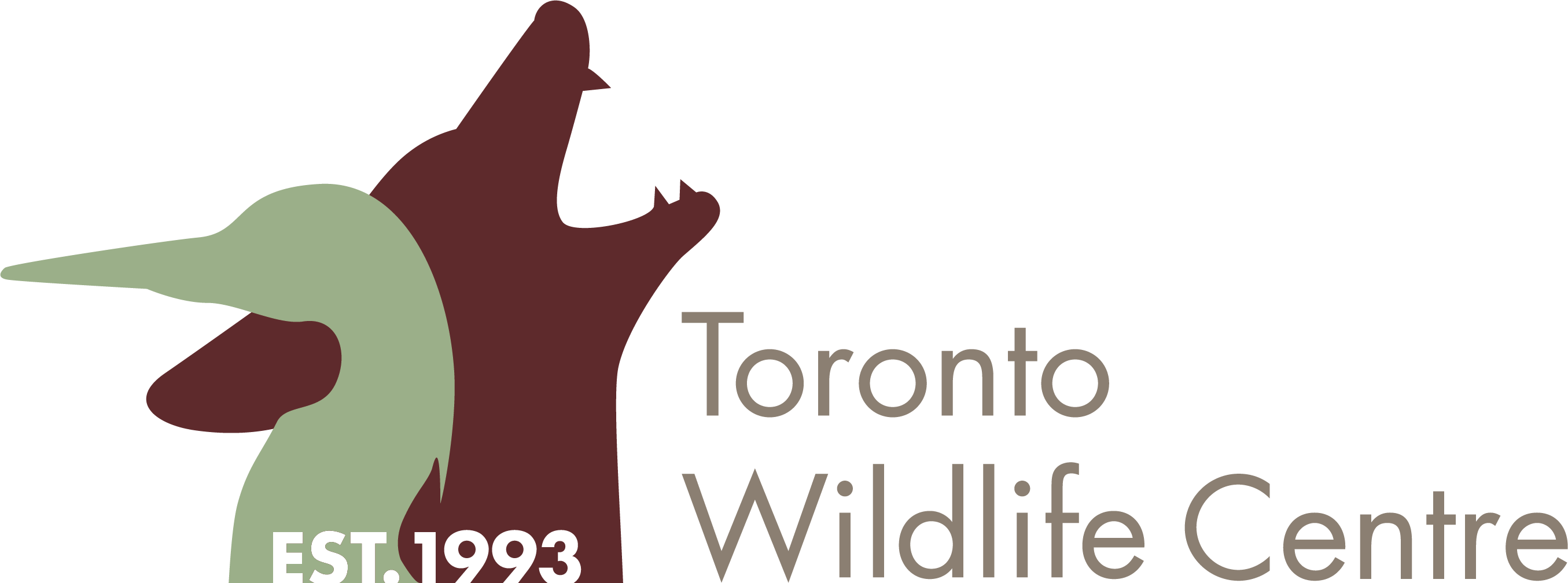Maintain your home to keep wildlife from getting comfortable in your shed, deck, attic or chimney. Here are some tips on how to seal off abandoned wildlife dens:
Before you begin, make sure the den is vacant
There’s a simple 3-step test you can perform to make sure an animal den is vacant. Before sealing any holes in your home, perform the Paper Test:
- Block the entry point: If you have not seen or heard any animals inside the space, block the entry point with something that an animal could easily move, such as a thin piece of paper taped loosely over the hole or a scrunched up piece of paper placed inside the hole.
- Wait it out: Leave the paper in place for 72 hours (since some animals do not leave their dens every day).
- Seal away! If the paper is unmoved after 72 hours and there is no other reason to believe the den is occupied, it is safe to seal it.
One exception to this rule would be in sealing holes during the winter (November-March) that might be occupied by hibernating animals, such as woodchucks or chipmunks. To be safe it is best not to seal any ground burrows during the winter months, since a number of ground-dwelling animals hibernate during that time.
Sealing holes underneath a shed or deck
- Dig a 1-ft x 1-ft trench around the shed or deck
- Attach a 2-ft wide sheet of quarter-inch wire mesh around the entire perimeter of the shed or deck (or just over the affected area for woodchucks). Angle the mesh straight down into the ground for 1 ft, and then bend it outward (away from the shed walls) at a 90-degree angle to create an “L” shape.
- Re-fill the trench with dirt on top of the mesh
Sealing holes in a roof or other parts of a building
- Use quarter-inch wire mesh (unless you know the animals using the area are mice or a similar size to mice) to cover the entire area
- Secure with bolts where possible
Keeping wild animals out of your chimneys
- Install a chimney cap—pre-fabricated caps are sold at hardware stores
- Avoid caps that have a gap below the top of the cap as some wild animals can put their paws inside this gap and pull the wire sides down
- If using a homemade chimney cap, ensure there are no gaps in the mesh and cinch the sides tightly around the chimney so that animals cannot pull the cap off
Keeping wild animals out of your vents
- Use a pre-fabricated or homemade vent cap
- Ensure there is a small gap in the bottom of dryer vents to allow lint to escape

